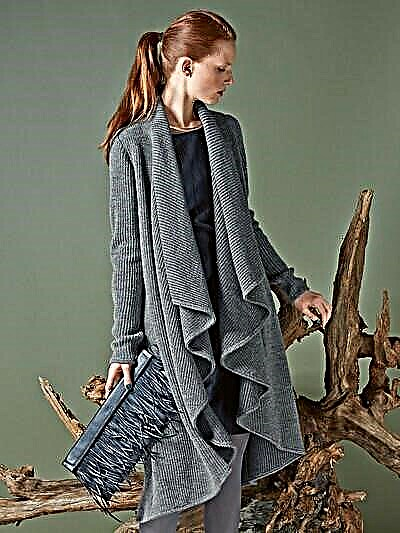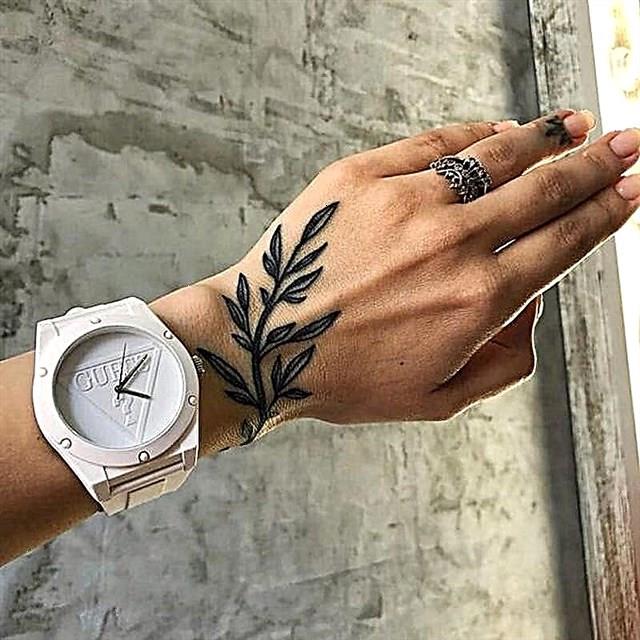Share
Pin
Tweet
Send
Share
Send
Even if you only know a couple of stitches, you will be able to turn a simple bag into a work of art! Having mastered the 6 basic embroidery stitches, you can give an exclusive touch to any thing!
Embroidery is a creative process! Do not limit your imagination to this ancient art. Retro and ethnic motifs are now in fashion.Our six stitches will help you create embroidered paintings, ornaments, monograms and more.
Tip: Before embroidering with a marker with disappearing paint, draw lines of the embroidery pattern on the fabric.
Cross stitch
Take the needle out of the fabric from the bottom right, insert the needle into the fabric at the top for the length of the cross stitch (= main stitch). At the same height at which the needle was inserted into the tissue, take it out to the left. Continue this way until you get the full range of basic stitches.
Now embroider in the opposite direction by sewing crosses (= covering stitches). Withdraw the needle on the left at the same height and enter it on the right. The first cross is ready. Then pull out the needle in the lower left and enter on the right ...

In our example, you received a slanting row of cross stitches. But according to the same pattern, you can embroider rows of stitches with a cross in a straight line. This principle allows you to work rhythmically and perfectly relaxes ...

Shoulder seam
For this series of stitches, draw the needle from the inside out onto the face, then diagonally right up, enter the needle from inside out. Swipe the needle down.Important: the thread should be under the needle.

Reinsert the needle diagonally to the right of the last pin. In this case, the needle passes over the thread. Repeat the above operations. Lock the last loop of the row with the stitch on the wrong side.

Thus, a beautiful border appears.
With this seam, you can sew over the edges, fasten applications or stitch open sections. If you sew stitches very tightly, then you will get a buttonhole stitch.

Tambour seam
Remove the thread from the inside out onto the face, lay it in a loop and fix it with one finger. Insert the needle into the place from where it was withdrawn and withdraw in the middle of the loop. When removing the needle, the thread should be under the needle.
Repeat the stitch described in the previous figure, while introducing the needle inside the first loop. Do not pull the thread too tight. Hinges should be the same length.

At the end of the row, pull the needle inside the last loop, then lock the thread. To do this, immediately under the last loop re-insert the needle into the fabric and pull the thread.
This is a great seam for making spirals, monograms, ornaments and borders.

Herringbone stitch
First draw the needle from left to face, then make a long diagonal stitch up to the right. Now cross this stitch with the short diagonal stitch in the opposite direction. Bring out the needle exactly in the first place of output.
Repeat the operations as described under the previous photo.The second row of stitches runs down, right tightly adjacent to the first row. Embroider this second row in the mirror image in relation to the first.

Embroidery design creates an exquisite ribbed effect, which is ideal for filling the inner parts of motifs.
Tip: experiment with different color shades of embroidery.
Seam "forward needle"
This is a very popular seam that looks the same from the face as well as from the inside.The first row runs from right to left. To do this, withdraw the needle and insert it into the fabric on the left, then withdraw on the left again ... It is very important to keep the same length of stitches.

At the end of the row, step back and fill in the empty spaces between the stitches. When inserting and removing the needle from the fabric, hold the needle diagonally as shown in the photo and pull it through the fabric.

The double “forward needle” seam (also called the gutter and darn seam) forms a clear contour. With this seam you can "draw" a clear line. It is suitable for quilting or for performing various linear patterns and ornaments, the inner sections of which can be filled with a flat surface (see below).

Flat surface (in one or more rows)
Flat surface can be performed without "framing" a contour seam. But thanks to the contour, flat embroidery becomes more plastic.The plots are filled with straight stitches sewn obliquely from top to bottom. The stitches fit so tightly together that the fabric does not shine through them.


If it is required to fill large sections with embroidery, it is recommended to embroider stitch in several rows.
First, the first row is sewn with straight stitches. For the bottom row, always insert a needle between the stitches of the previous row.

The rows lie close to each other, and their stitches are located with some displacement, so sometimes this surface is called smooth teeth. As a result of filling a space in several rows, the threads do not slide so easily, and the fabric as a result does not show through the embroidery at all.
Experiment with different shades of the same color.

Share
Pin
Tweet
Send
Share
Send



